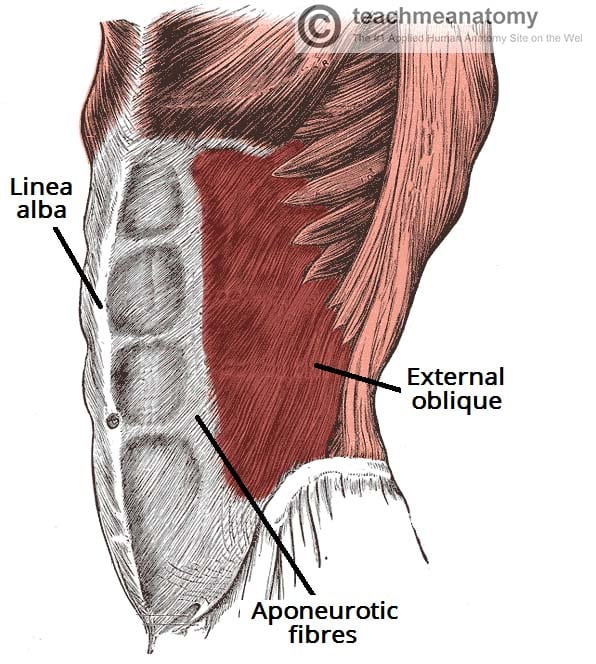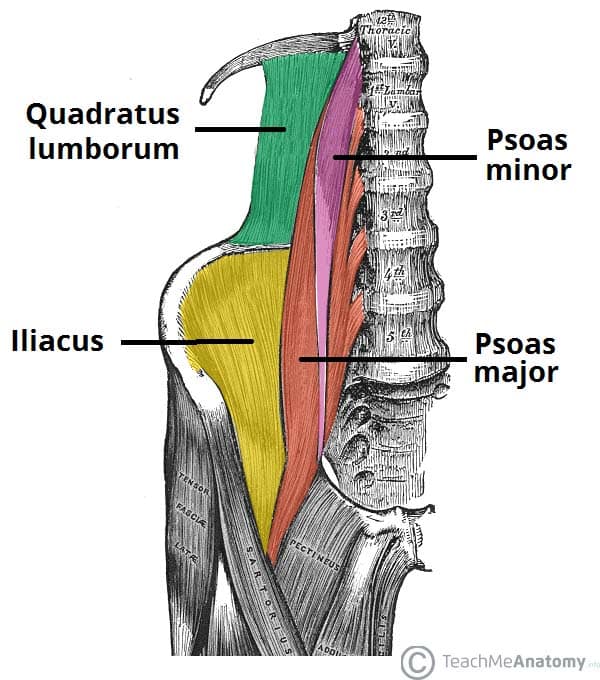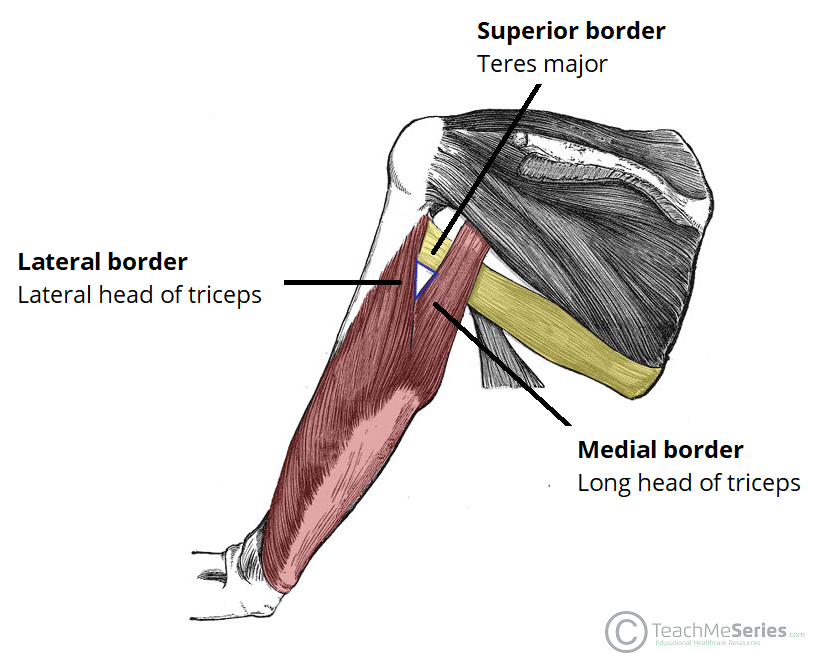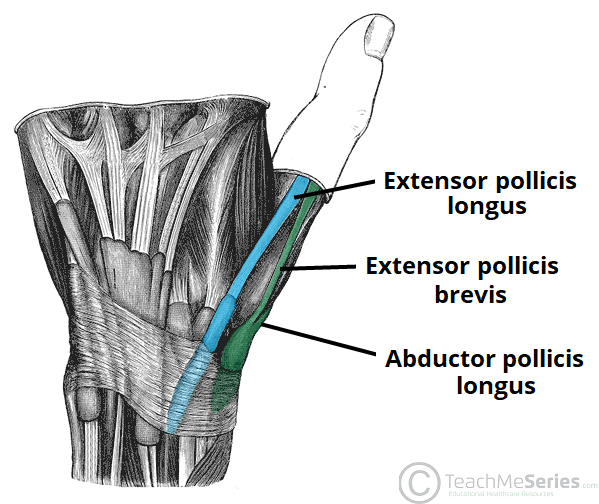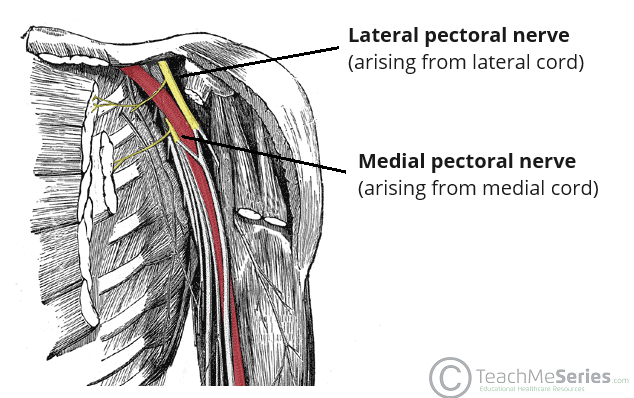The muscles of the abdomen are made up of the muscles of the anterolateral abdominal wall and the muscles of the posterior abdominal wall. These muscles work together to protect the internal organs (viscera) by covering them completely. They also help to provide postural support, assist in forceful expiration and increase the intra-abdominal pressure in activities such as sneezing, coughing, lifting, urinating, defecating and childbirth. The muscles of the abdomen also help with movement of the vertebral column and rotation of the trunk.
The anterolateral abdominal wall consists of four layers- skin, superficial fascia (connective tissue), muscles and parietal peritoneum. The muscles of the anterolateral abdominal wall include flat and vertical muscles. The flat muscles are stacked on top of each other and have fibres that run in different directions, helping to strengthen the abdominal wall. There are two vertical muscles in the anterolateral abdominal wall, and these are situated near the midline of the body.
The posterior abdominal wall is made up of the lumbar vertebrae, pelvic girdle, five posterior abdominal muscles and their associated fascia. Major nerves, vessels and organs are located on the inner surface of the posterior abdominal wall. The posterior abdominal wall is found medial to the lateral abdominal walls and is limited anteriorly by the posterior part of the parietal peritoneum.
In this section, learn more about the muscles of the abdomen- the anterolateral abdominal wall, and the posterior abdominal wall.
